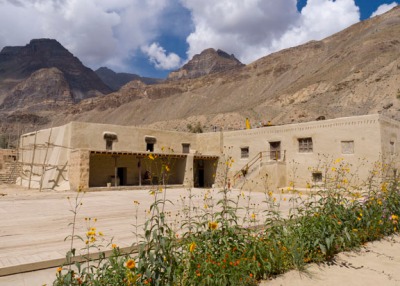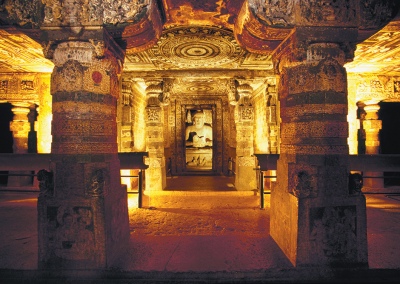At long last, I’ve finished editing this documentary! You can see it here below, but for best quality, go here where Yamantaka is uploaded on my Vimeo page.
Yamantaka, what an esoteric and complex practice. This candid view of a Tibetan Buddhist highest yoga tantra was filmed over the course of ten days at Namgyal Monastery in Dharamsala, India. You will see monks create an elaborate sand mandala, ritual cakes, and other sacred arts, offer prayers, chant, play ritual instruments, purify and meditate. On the last day, the sand mandala is swept into a vase and released into the world as a blessing for all. This is always the breathtaking but cringe-worthy part, for those of us who treasure and want to hold onto the beauty of a meticulously created mandala.
I would like to say I am grateful to the Office of His Holiness the Dalai Lama and Namgyal Monastery for the opportunity to document this event. This feature length video was also made possible in part by the support of Fulbright-Nehru Research Program, Council for the International Exchange of Scholars, and United States-India Education Foundation.
Ideally, I would have liked to complete and release this documentary last year, but I’ve learned that one simply cannot rush certain things. Especially when careful viewing and understanding of the footage is at stake. Add to this the required post-production magic of removing flickering segments, compensating for low lighting conditions, color adjustments, fixing sound challenges, and so forth, and you have an enduring, long workflow at hand.
But, hey, slack must be cut for the fact that the intervening mini-documentaries on Tabo, Lamayuru, Lhalung, and Mangyu Monasteries were also in simultaneous production. See the interiors of these rare, medieval Buddhist temples here, said to be founded by The Great Translator Rinchen Zangpo and King Yeshe O’d of Guge, Western Tibet, circa late 10th to 11th century, located in Spiti and Ladakh regions of the Western Himalayas, India. Read more about them here.
Incidentally, many viewers have asked me about what is happening at around 42:14 in the Yamantaka video, where a young Caucasian man is in the Main Temple talking loudly and animatedly to a gathering of monks. This was a debate exam in session for students of the Institute of Buddhist Dialectics (which adjoins Namgyal Monastery), characterized by dramatic and distinctive hand clapping, body motions, and rhetoric. It was an event unrelated to Yamantaka, but which coincided with it.Tibetan Buddhists have a long and famed tradition of continuing the ancient Indian Buddhist practice of philosophical debate.



